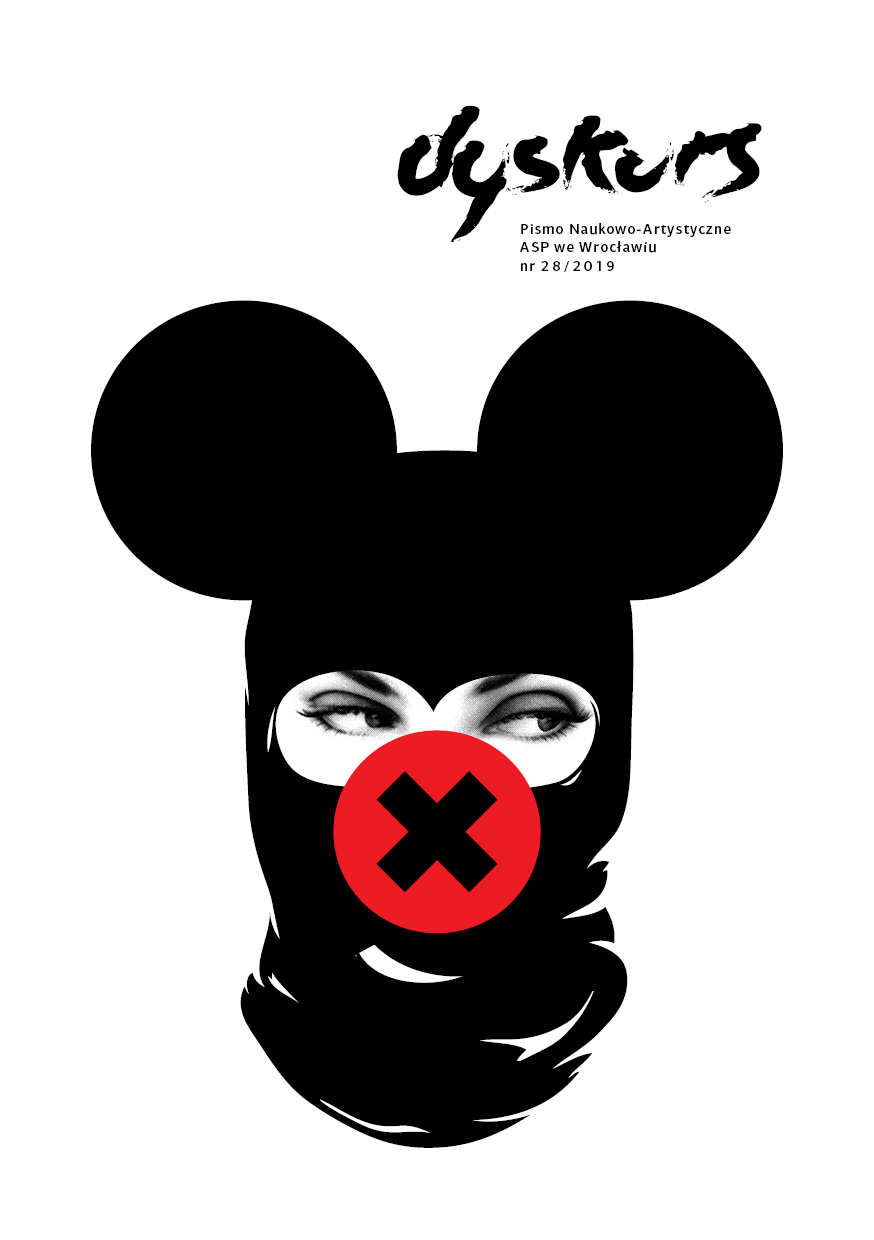KOBIECOŚĆ- MĘSKOŚĆ
Femininity/masculinity. Gender implications in the Nordic noir series
Author(s): Magdalena JackowskaSubject(s): Sociology of Art
Published by: Akademia Sztuk Pięknych im. Eugeniusza Gepperta we Wrocławiu
Summary/Abstract: In the Nordic countries, equality and tolerance expressed in the form of respect for the rights of women, sexual minorities and migrants are uni- versal. Yet Nordic noir films and series explore the dark side of Scandi- navia, where women are the most frequent victims of violence under the umbrella of the welfare state. Thus one can wonder where the welfare state fails. The extensive institutions, social trust and equality of rights do not always sufficiently protect against violence.Women in Scandinavian crime fiction often have a dual role: the victim and the person imposing justice. The series The Bridge (2011–2016), Those Who Kill (2011) or Forbrydelsen (2007–2012) construct expressive feminine characters playing with the conventions of the traditional male pattern of a detective. These women are independent, strong, but often lonely, and with an inability to establish intimate relationships, affected by violence which has left its stigma. The image of a woman fighting with evil always becomes a gloomy reference to her social and gender role. It is based on contradicting and breaking with femininity understood in a stereotypical way, yet often dressed in a suit of male features, which justify the presence of women in the spheres reserved for men in the tradition of crime fiction.Scandinavians have created a new convention of crime fiction called Nordic noir, which is a pretext for social diagnosis. This type of crime fiction features primarily cultural texts that illustrate social and cultural changes. They touch on the issue of violence, equality, exclusion, putting in the spotlight problems facing contemporary Europe.
Journal: DYSKURS Pismo Naukowo-Artystyczne ASP we Wrocławiu
- Issue Year: 2019
- Issue No: 28
- Page Range: 154-171
- Page Count: 18
- Language: Polish

